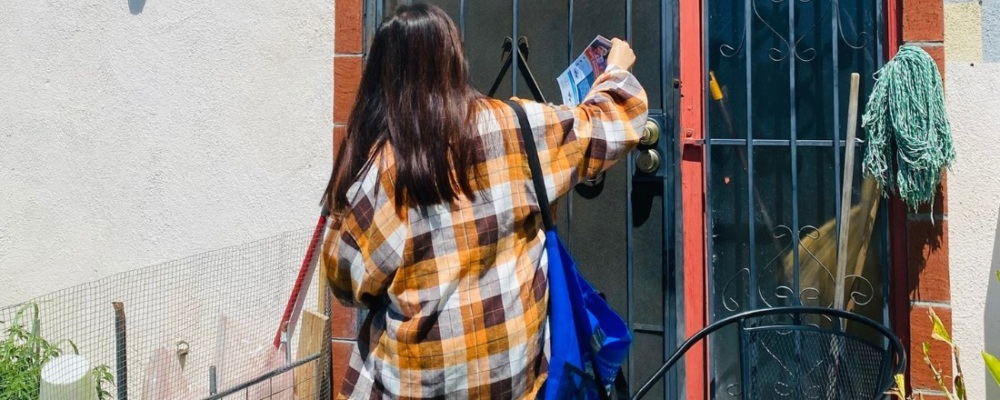
Climate Change, Health, and Equity: A Guide for Local Health Departments
- Linda Rudolph, MD, MPH
- American Public Health Association (APHA), California Department of Public Health (CDPH)
-
Focus Areas
Environmental Health, Healthy Communities -
Issues
Climate Change -
Programs
Center for Climate Change and Health

In 2005, 35 individuals died over a 9-day period of extreme heat in Maricopa County, Arizona. Maricopa County Department of Public Health partnered with the Arizona Department of Health Services and Arizona State University to evaluate community access to and perceptions of cooling centers. The evaluation found that many cooling centers were open only on weekdays, primarily in community centers, senior centers, and religious institutions without clear or visible signs notifying the public of the availability of a cooling center. Eighty-four percent of visitors were unemployed, 33% had no permanent residence, and 11% of those who indicated a permanent residence had no air conditioning at their place of living. Maricopa County subsequently developed a Heat Relief Regional Network—a partnership of municipalities, nonprofit organizations, and faith-based organizations—to mitigate heat health risks.
Local public health departments across the US are working proactively to address health inequities, an endeavor that requires intentional change in public health practice. While the services that public health provides to individuals in communities remain vitally important, local health departments are broadening their scope.
Now, public health needs to apply this expanded scope to climate change—a defining health challenge of this century. People and communities around the US are feeling the effects of climate change. Our actions now will determine the magnitude of future impacts, how quickly they occur and the extent to which our communities are able to thrive in the face of climate change and recover in the aftermath of climate-related disasters.
This 400 page guide, created by PHI’s Center for Climate Change and Health and the American Public Health Association (APHA), with support from the California Department of Public Health helps local health departments prepare for and mitigate climate change effects—from drought and heat to flooding and food security—with concrete, implementable suggestions.
The guide:
- Provides a basic summary of climate change and climate impacts on health;
- Prioritizes health equity, explains the disproportionate impacts of climate change on vulnerable communities, and targets solutions first to the communities where they are most needed, including low-income, elderly and people of color communities;
- Connects what we know about climate impacts and climate solutions with the work of local health departments; and
- Offers specific examples of how local health departments can address and ameliorate the impacts of climate change in every area of public health practice.
“Humans need clean air, clean water, safe shelter, healthy food and a stable climate for survival. We cannot have healthy people without healthy places, on a healthy planet. Public health professionals must join our efforts to achieve health equity with the global fight for environmental and climate justice. The time for action is now—our health is at stake.”Linda Rudolph, MD, MPH |
It is hard to overstate the interconnections between climate change, health and equity. The root causes and upstream drivers of climate change and health inequities are often the same, and climate change only exacerbates existing health and social inequities. Interventions that act on upstream shared systemic causes can most effectively address both climate change and health inequities. Building political and economic power and voice are essential components of climate resilience.
Every local health department is different in size, structure, geographic location, community and political context and capacity. While there is no one-size-fits-all approach to the integration of climate change into local health department practice, this guide provides several concrete examples of how to get started.
Download Climate Change, Health, and Equity: A Guide for Local Health Department
Work With Us
You change the world. We do the rest. Explore fiscal sponsorship at PHI.
Support Us
Together, we can accelerate our response to public health’s most critical issues.
Find Employment
Begin your career at the Public Health Institute.


